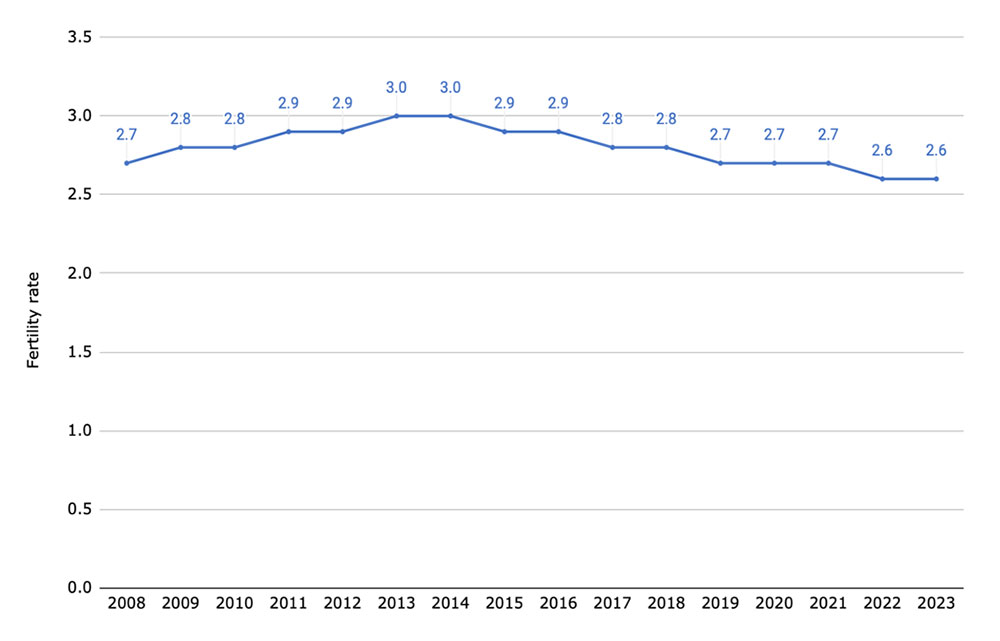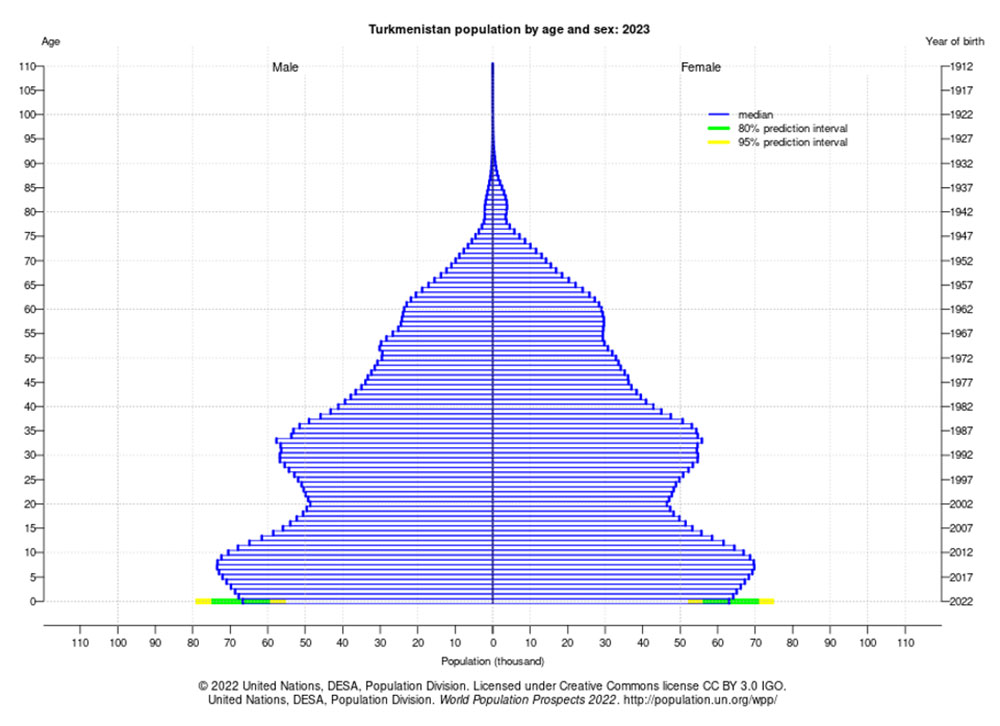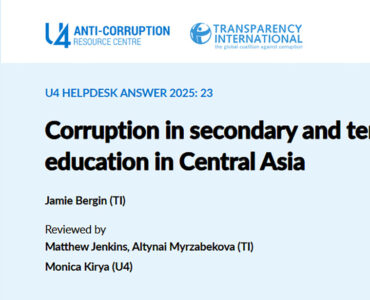There have been conflicting reports on the number of first graders attending school in Turkmenistan in 2023. The national media, Orient, first shared that 76,600 first graders will be attending school in Turkmenistan in 2023. However, the number was later changed to over 153,000. The Progres team tried to fact-check the claims based on the publicly available data from the government sources.
Since 2011, every child entering the first grade in Turkmenistan has been receiving a laptop as a gift from the president. The Ministry of Education of Turkmenistan is responsible for procuring these computers for educational purposes. Before 2016, the Ministry was importing Lenovo laptops from China. Since 2017 the Ministry of Education has signed contracts with two national companies, Aýdyň Gijeler and Agzybirlik Tilsimaty, to supply laptops to first-graders.
Initially, children received full-fledged Lenovo computers, then toys in the form of laptops, and currently they receive tablets with a keyboard based on the Android operating system. Figure 1 presents data from the state media sources on the annual number of laptops provided to first-grade students in Turkmenistan from 2014 to 2023.
Figure 1. The number of laptops given to first grade students in Turkmenistan
Source: 2014, 2015, 2016, 2017, 2018, 2019, 2020, 2021, 2022, 2023.
*Note: According to the state media, every first grader receives a laptop. Hence, we assume that the number of laptops provided equals the number of students entering the first grade.
What might be a possible explanation for the decreasing number of first graders?
Firstly, the unusually small number of first graders in 2023 might be due to inaccurate reporting by the national media. On August 30th, Orient reported that the Aydyn Gijeler company had produced 76,600 laptops for first-graders. Consequently, the news source initially assumed that 76,600 first-graders would attend schools in 2023. However, two days later, the media outlet revised the figure to 153,000 in the same link without any correction notes. The 76,600 laptops shared by Orient represented only the production of Aýdyň Gijeler and it is likely that the remaining 76,753 laptops were produced by Agzybirlik Tilsimaty. A similar situation occurred in 2022, where Aýdyň Gijeler produced 80,000 laptops, but close to 160,000 laptops in total were distributed to first-graders, with the remaining batch in 2022 being produced by Agzybirlik Tilsimaty.
When the government fails to provide consistent, precise, and trustworthy data, media sources may resort to making assumptions, potentially resulting in inaccurate reporting. The local media mostly reports on the number of laptops issued to the first graders. Therefore, it remains uncertain whether the quantity of laptops distributed corresponds precisely to the number of first-grade students, and whether this figure accounts for children with disabilities who are engaged in homeschooling.
Secondly, the number of first graders in Turkmenistan has been actually declining due to the falling fertility rate in the country. The fertility rate, which measures the average number of children per woman, has gradually decreased since 2013 when it reached 3.0 children per woman. As of 2023, the fertility rate stands at 2.6. It is worth noting that the fertility rate in Turkmenistan experienced annual increases from 2008 to 2014. This upward trend in fertility rates has resulted in a similar increase in the number of first graders from 2014 to 2020 noticeable in Figure 1.
Donate to support Turkmen analysts, researchers and writers to produce factual, constructive and progressive content in their efforts to educate the public of Turkmenistan.
SUPPORT OUR WORKFigure 2. Fertility rate in Turkmenistan
Source: World Bank; United Nations.
We could compare Turkmenistan to Kyrgyzstan, which has a similar population size of 6.7 million (in 2021) and a fertility rate of 2.9 children per woman. Kyrgyzstan had 165,000 first graders in 2022 and 186,000 in 2023. However, Kyrgyzstan has a slightly higher fertility rate compared to Turkmenistan, resulting in a somewhat higher number of first-graders. Plus, Kyrgyzstan’s fertility rate has only started to decline since 2019 while Turkmenistan’s fertility rate has been in decline since 2014. Overall, Turkmenistan is the only country in the region experiencing a decline in the number of first graders while other Central Asian countries are struggling with the lack of schools, textbooks, and teachers to meet the needs of the growing number of first graders.
Likewise, the population pyramid provided by the UN also serves as a clear visual representation of the declining population of children aged 0-7, signifying a decreasing number of children entering first grade in the future.
Furthermore, emigration may negatively influence the number of children attending the first grade in Turkmenistan. A lot of young men, women and parents are leaving the country in pursuit of better education and employment opportunities abroad. Some decide to settle there on a permanent basis and enroll their children in host country schools. There are reports from Mary and Balkan regions that schools have to merge classes due to a shortage of children born in 2017 in order to optimize resources in the face of the unexpected low enrollment. Years long economic downturn in Turkmenistan has resulted in a large-scale emigration and eventual decrease in the number of first graders.
Figure 3. Turkmenistan population by age and sex for 2023
Source: United Nations.
In conclusion, the conflicting reports on Turkmenistan’s 2023 first-grade enrollment highlight challenges with data accuracy and transparency. Moreover, the lack of official clarification has made it difficult to determine the actual number of first graders. It’s likely that Orient miscalculated the number of first graders initially, excluding the contribution of the second supplier, Agzybirlik Tilsimaty. With the declining fertility rates and increasing rates of emigration it is likely that the number of first-graders will continue to decrease in the coming years in Turkmenistan. This underscores the need for consistent and reliable data in assessing demographic and educational trends and their socio-economic implications.









